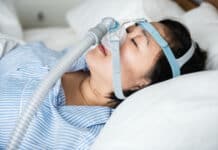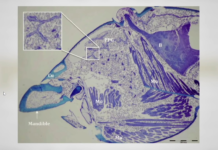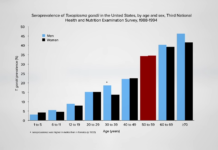Every year, an estimated 1 in 6 Americans (or 48 million people) get sick, 128,000 are hospitalized, and 3,000 die of foodborne diseases. Salmonella and Campylobacter, two of the many types of bacteria that are commonly transmitted through food, can cause antibiotic-resistant infections. Robert Tauxe, MD, MPH, Director of the Division of Foodborne, Waterborne, and Environmental Diseases
As physicians, we can help patients protect themselves against foodborne illness by talking with them about their risk. Although anyone can get a foodborne disease, some groups have a higher risk for illness or severe disease. These groups are:
- Children under age 5
- Pregnant women
- Adults 65 and older
- Immunocompromised patients
Talk with your high-risk patients or their caregivers about the risks of certain foods and how to avoid foodborne illness. They can lower the risk by not consuming or serving these foods or beverages:
- Raw or undercooked meat, poultry, eggs, seafood, and sprouts
- Unwashed fresh fruits and vegetables
- Unpasteurized milk, juice, and cider
- Soft cheese, unless the label says the cheese was made with pasteurized milk
- Honey, for children younger than 12 months. Honey can contain bacteria that cause infant botulism.
September is National Food Safety Month, and we encourage you to explore CDC’s educational resources on food safety and share this information with your patients. On our website you’ll also find information for healthcare professionals on diagnosing, treating and reporting foodborne illnesses.
More on food safety, and how you can help:
Promote Food Safety Education Month: https://www.cdc.gov/foodsafety/education-month.html
CDC’s Food Safety Homepage: https://www.cdc.gov/foodsafety/
Foodborne Illness Information for Healthcare Professionals: https://www.cdc.gov/foodsafety/groups/healthcare-professionals.html
Antibiotic Resistance and Food Safety: https://www.cdc.gov/foodsafety/challenges/antibiotic-resistance.html
For evidence-based clinical guidelines, see: https://academic.oup.com/cid/article/65/12/e45/4557073%20.
Robert Tauxe, MD, MPH is director of CDC’s Division of Foodborne, Waterborne, and Environmental Diseases in the National Center for Emerging and Zoonotic Infectious Diseases. A recognized authority on food safety, he has overseen responses to hundreds of foodborne disease outbreaks and works with colleagues to apply ever-improving laboratory and epidemiologic methods to detect, characterize, and contain the spread of a vast array of foodborne pathogens.
















